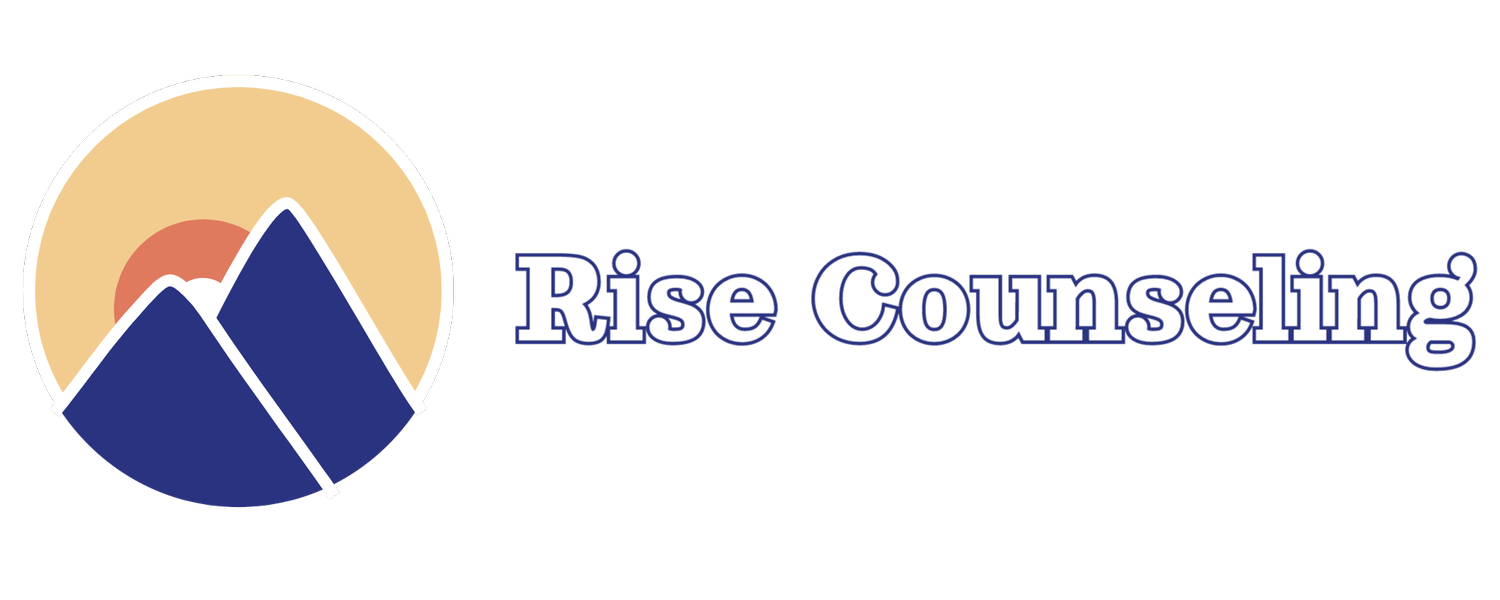Understanding Your Inner Child
As a therapist, one of the most profound conversations I often have with trauma survivors revolves around the concept of the "inner child." This term, while widely used in the realm of psychology and self-help, can sometimes feel abstract or even confusing. Yet, understanding the inner child is pivotal to healing, especially for those navigating the complex aftermath of trauma that takes place in the developmental years.
The inner child is not a literal child but rather a symbolic representation of your younger self. It encompasses your childhood experiences, emotions, memories, and unmet needs. For trauma survivors, the inner child often carries the weight of unresolved pain, fear, and unmet safety or love. This part of you may be the keeper of your earliest wounds, holding onto moments when you felt abandoned, unheard, or unsafe.
Why is this concept so significant? Because the inner child can influence how you think, feel, and behave right now, in the present moment. Imagine carrying a backpack filled with emotions from your younger years—perhaps sadness, anger, or shame. Without realizing it, these emotions can spill out in your adult life, impacting your relationships, self-esteem, and sense of safety. For instance, you might find yourself overreacting to criticism, avoiding conflict, or struggling with trust. These patterns often originate from the younger version of yourself who once felt threatened, unloved, or unsupported. Currents tensions or relationship difficulties can bring those wounds to the surface, causing your inner child to feel threatened.
Connecting with your inner child involves acknowledging their presence and listening to their needs. This is not about dwelling on the past or assigning blame but rather about validating the experiences of your younger self. Many trauma survivors have learned to dismiss or minimize their feelings, often as a coping mechanism. However, by ignoring your inner child, you risk perpetuating those unhealed wounds.
One of the first steps to connecting with your inner child is cultivating self-compassion. Imagine speaking to a young version of yourself. Would you criticize or dismiss them? Likely not. You’d offer comfort, understanding, and reassurance. This same kindness can be extended to your inner child. When feelings of fear, sadness, or anger arise, pause and ask yourself, "What does this younger part of me need right now?" It might be validation, a sense of safety, or a reminder that they are not alone.
Therapeutic practices like inner child work can be incredibly transformative. This might involve guided visualizations where you imagine meeting and comforting your younger self, journaling to give voice to your inner child, or engaging in creative activities that reconnect you with the joy and curiosity you once had when you were little. Over time, these practices can help you integrate your inner child into your adult self, fostering a sense of wholeness and healing.
Healing trauma is not about erasing the past but about rewriting your relationship with it, and making sense of what happened. By nurturing your inner child, you honor the parts of you that have long been neglected. You remind yourself that you are deserving of love, safety, and compassion—not just in the past, but here and now. Remember, your inner child is not your enemy. They are a vital part of your journey toward healing and resilience. Embracing them with kindness and curiosity can lead to profound transformation and a deeper sense of peace within yourself.
